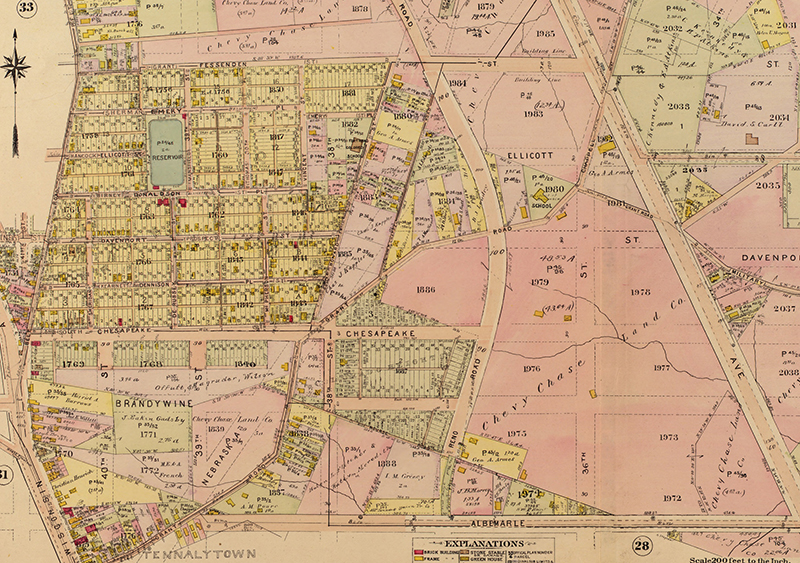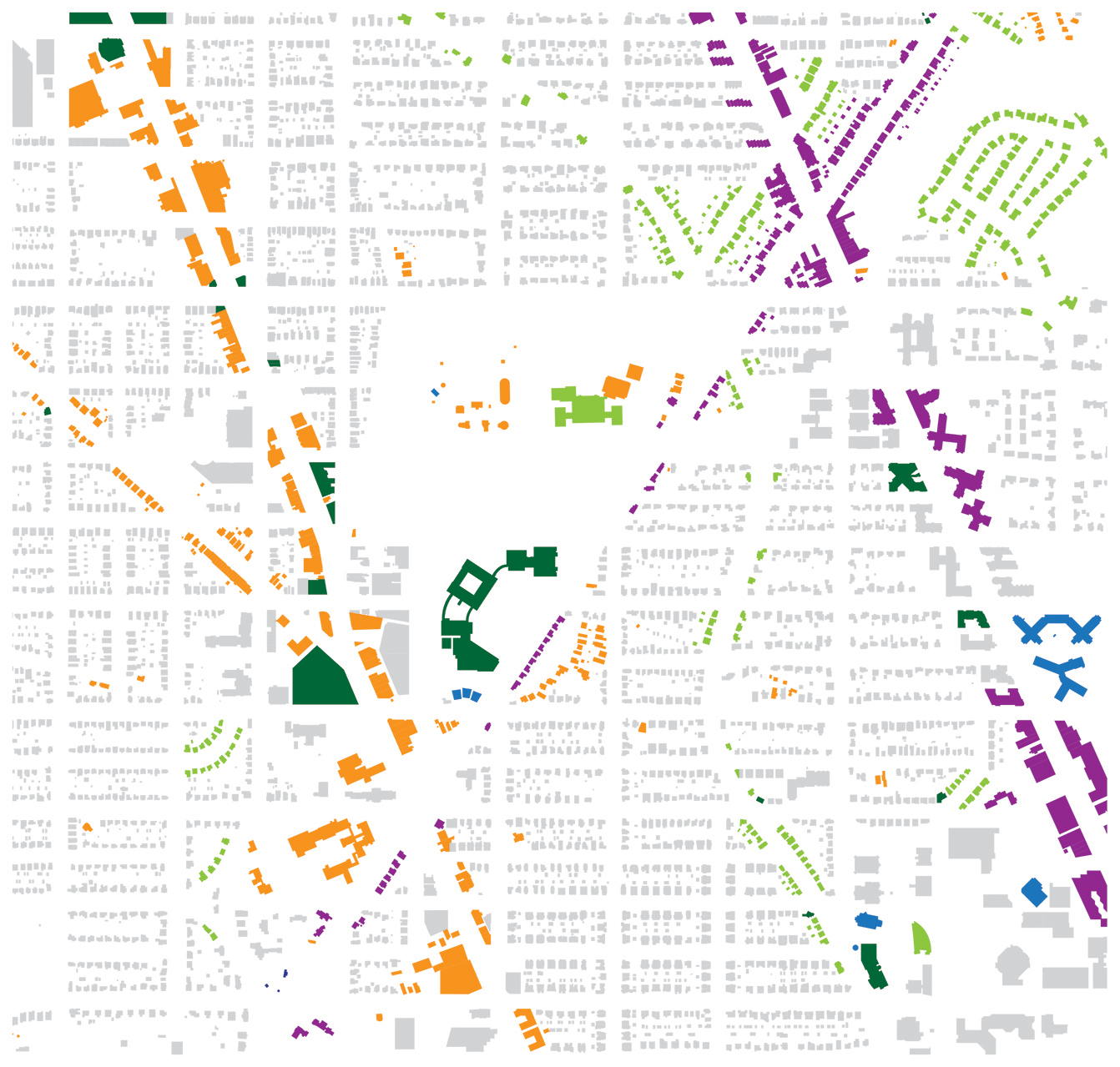Fort Reno Park is not a great park. It’s mostly unstructured green space: empty and unpleasant. It does have a great community garden, tennis courts, and two playing fields. But, those uses collectively occupy only a fraction of the land. And they don’t really draw anyone in. Even Fort Reno’s most
popular event, the summer concerts, are a lucky accident.
In fact, the only users who really enjoy the park are dogs. The empty fields at Fort Reno are great for letting dogs run free. The only problem is that it’s illegal. Dogs must be on a leash on NPS land. There is just nothing right with Fort Reno Park, is there?

Now, it’s easy to spitball amenities to fix the park, but Fort Reno is uniquely charged with history. There’s was a Civil War Fort and then a Black town bound up in its formation. Buried under the grass are vast possibilities to impregnate our lives with history. On the other hand, as more and more residents return to the district, we will really need useful parks.
So, how do you take this kind of site and interpret it while also making it a great urban place?
A recent project in Brooklyn shows us a few ways.

Strategy One: Put a frame on it
Take a look at the Weeksville Heritage Center, located in northeastern Brooklyn. Not so much of an open space as a corner of East New York, the site preserves five houses from a historical Black settlement. Most of Weeksville came down for projects during Urban Renewal, but a tiny portion remained, wedged laterally into a block.
Like Tenleytown, Weeksville was quite some distance away from the city (Brooklyn), but was later absorbed by urbanization. Unlike Tenleytown, none of the roads were converted into the grid, and few of the houses were. Tenleytown used to be two settlements: a largely White area near the Wisconsin-River intersection, and the Black town occupying what is now Fort Reno Park. Very little of both remains.

Weeksville was “rediscovered” in the 1960s by an extension class at the Pratt Institute. Residents were still floating around, but its history was unofficial and uncollected. In the same sense, Tenleytown was rediscovered in the 1970s, as the last people to remember it tried to collect their memories. Weeksville has been slowly doing the same for years.
Continue reading ➞ How can Fort Reno’s history come to life?



